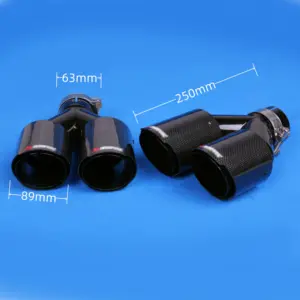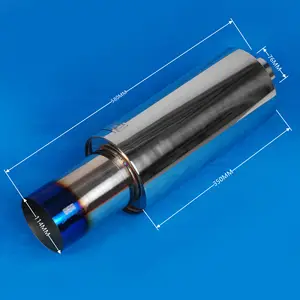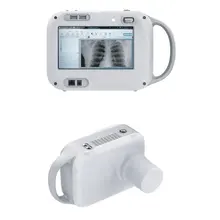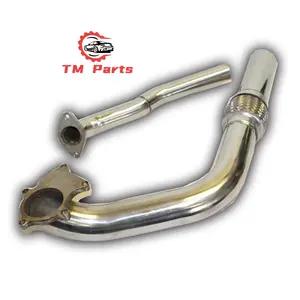
Silencieux d'Échappement de Moto en Acier Inoxydable, Tuyau d'Échappement Rouge à Enfiler Haute Performance CRF 250


Noir Akrapovic style automobile Modification Y double out Embouts de silencieux en fibre de carbone Tuyau d'échappement de voiture Silencieux d'échappement


51mm universel Sport course réforme moto échappement inoxydable titane silencieux tuyau silencieux moto


Silencieux bleu brûlé d'automobile de tuyau d'échappement d'automobile d'acier inoxydable pour le silencieux universel d'échappement


























 浙公网安备 33010002000092号
浙公网安备 33010002000092号 浙B2-20120091-4
浙B2-20120091-4